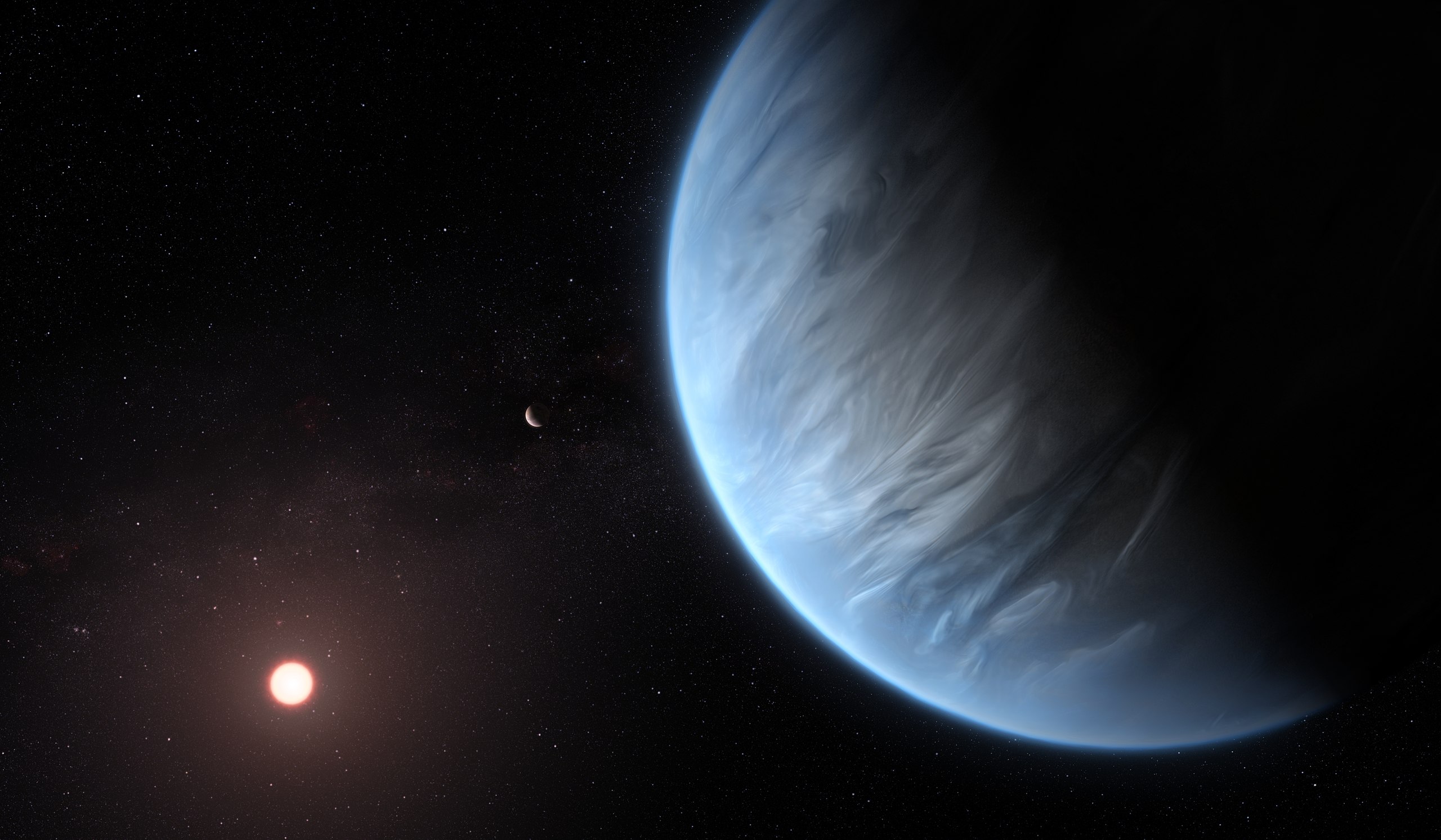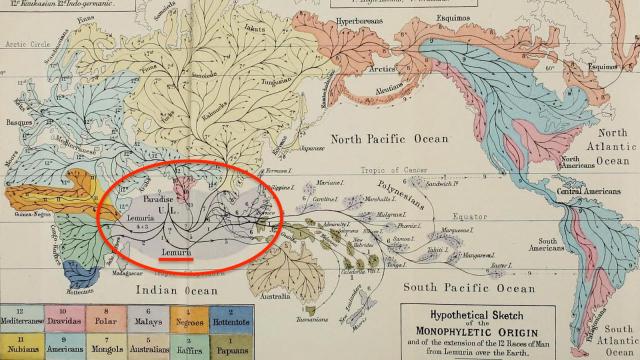Post-Copernicanism: How the great mystery of life can save us from ourselves

- Copernicanism came to signify that the more we learn about the Universe, the less relevant our planet, life, and us humans become.
- However, since we have no metric for life, this philosophical extrapolation is logically flawed.
- The mystery of life’s existence makes our planet a rare gem in the cosmos.
When Nicolaus Copernicus published his famous book in 1543, he couldn’t have guessed that it would start a revolution. Copernicus went against what everyone had thought for thousands of years, proposing that the Sun and not the Earth was the center of the cosmos. (One exception was Aristarchus of Samos in ancient Greece, but his ideas didn’t get much traction due to the power of Aristotelian philosophy in people’s minds.) There was no Copernican revolution, at least not immediately, for fascinating (but also tragic) reasons. The first serious proponents of heliocentrism were Johannes Kepler and Galileo, some 60 years after Copernicus’ book was published.
Since then, Copernicanism came to signify much more than the correct arrangement of our Solar System, becoming a symbol of our cosmic insignificance — namely, that the more we learn about the Universe, the less relevant our planet, life, and us humans become. This kind of thinking is predominant in the astronomical sciences and cosmology, based on what we can broadly call the dogma of large numbers: There are hundreds of billions of stars in our galaxy, most of them with planets. This brings the number of planets and moons in our galaxy alone to the trillions. Hence, there will be Earth-like planets in abundance. Hence, we are not special in any way. Furthermore, since the laws of physics and chemistry are the same across the known Universe (which is true), we must conclude that we are not special at all. Hence, if life emerged here, it should be ubiquitous in the Universe.
Everything in the above paragraph is correct, except for two things: (1) What we mean by “Earth-like,” and (2) the last sentence, “If life emerged here, it should be ubiquitous in the Universe.” Let’s take each separately.
What do we mean by “Earth-like”?
When astronomers refer to an “Earth-like” planet, they mean a planet with similar (within a small margin) mass and radius as Earth that also orbits its parent star within the so-called habitable zone. The habitable zone is usually defined as the region around the star where a planet will have liquid water on its surface, if it has water at all.
This operational definition of Earth-like is very useful for astronomers to quickly qualify whether a planet could host life. But it has nothing to say about whether the planet actually hosts any life. From water to biology is a huge and still very mysterious step (in fact, many steps.) So, in astronomy, Earth-like really means a rocky world with similar density as Earth and with liquid water, possibly. To be sure, that’s not another Earth.
An unjustified leap of logic
We cannot use inductive thinking to say anything certain about biology and the emergence of life in another world. There is nothing connecting a rocky world with water to a world like ours, with a thriving biosphere. So, to generalize from “there are many Earth-like worlds” in the astronomical sense to “there are many worlds with life” using large numbers to argue for the ubiquity of life in the Universe is an unjustified logical step. Copernicanism, as an astronomical statement about the non-centrality of Earth in the Solar System, has nothing to say about life, here or anywhere else in the Universe. Biology calls for a very different set of rules, as Stuart Kauffman and others have stressed recently.
This leaves us with a paradox. If we don’t really know what life is or how it emerged on Earth some 3.5 billion years ago, it becomes very hard (if not impossible for now) to quantify the existence of life elsewhere. We have no life metric. Physical scientists love to extrapolate from limited data, and sometimes this works quite well, especially when we have a statistical hold on the subject and can compare probabilities of events. But life is different, and we must accept the fact that we don’t know how to quantify its cosmic frequency.
Beyond Copernicanism
The consequences of this fact are profound, as I recently argued in my book, The Dawn of a Mindful Universe: A Manifesto for Humanity’s Future. If we must move beyond Copernicanism when it comes to arguing for abundant life in the Universe, we must also accept our cosmic loneliness and rethink how we relate to our planet and life on it.
Given the current state of our world, the critical point of our climate crisis looming, this change of mindset becomes an existential safeguard. We take care of what we judge precious, of what we value. Looking at our planet with post-Copernican eyes has the power to change how we relate to it — not as just another world, but as a true marvel of cosmic evolution, a rare oasis where matter can assemble itself and becoming a living, thinking thing that ponders about its future.





